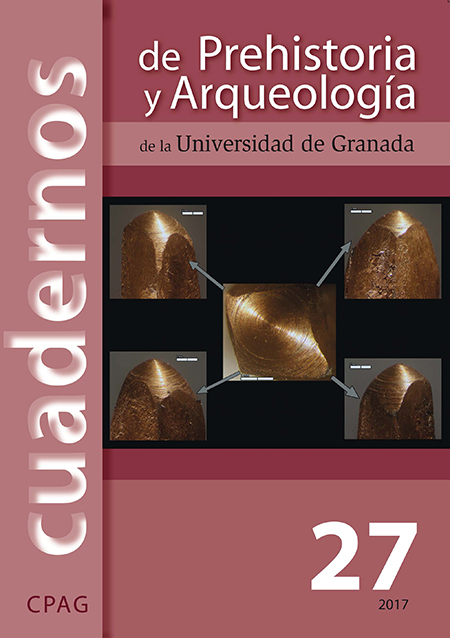THE OLDEST HARVESTING TOOLS OF AZERBAIJAN (ACCORDING TO EXPERIMENTAL-TRACEOLOGICAL RESEARCH).
Contenu de l'article principal
Résumé
The article represents results of traceological analysis of obsidian and flint inserts from sickles found in early agricultural settlements in Azerbaijan. The diversity of inserts, their position in the slot of the handle, secondary treatment of the working edge allows reconstructing technical traditions of sickles’ production. Sickles with blades inserted at an angle into the arched handle, which formed large-denticulated working edges, were the oldest. Sickles with a straight cutting edge formed by blades were used as well. Sickles with macroblades were more often used at the late stages of this early agrarian culture. Besides these three types of arched sickles, the forth type can be found in settlements in Azerbaijan – an archaic harvesting knife with a straight handle. A unique find of bone sickles made of a scapula of large animals from Alikemektepe stand out from other ancient sickles of the agricultural communities of Azerbaijan. Also the results of experimental research of harvesting tools are represented in the article. Productivity and efficiency of various types of sickle as well as durability and ways of inserts fastening in the sickles’ slots with bitumen were studied.



